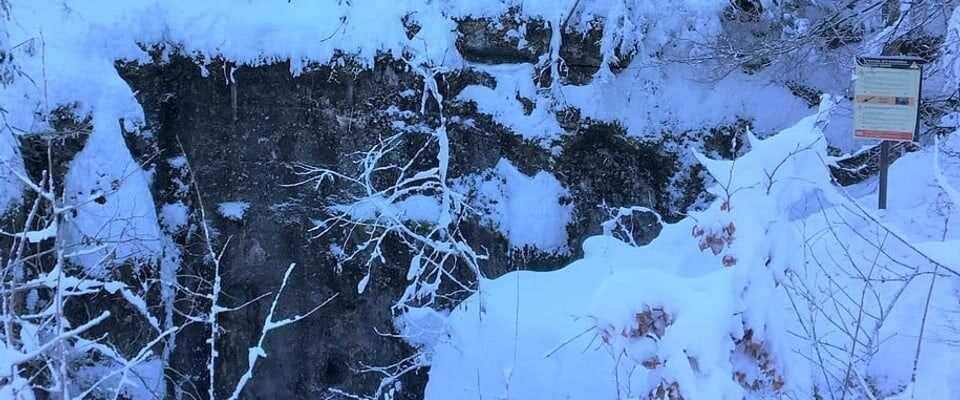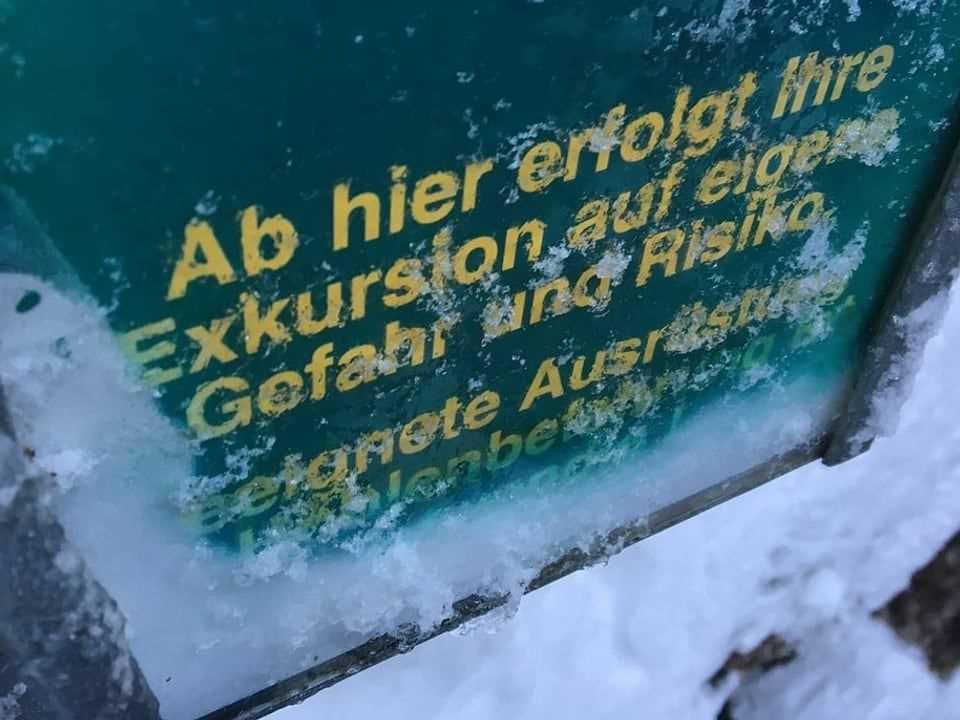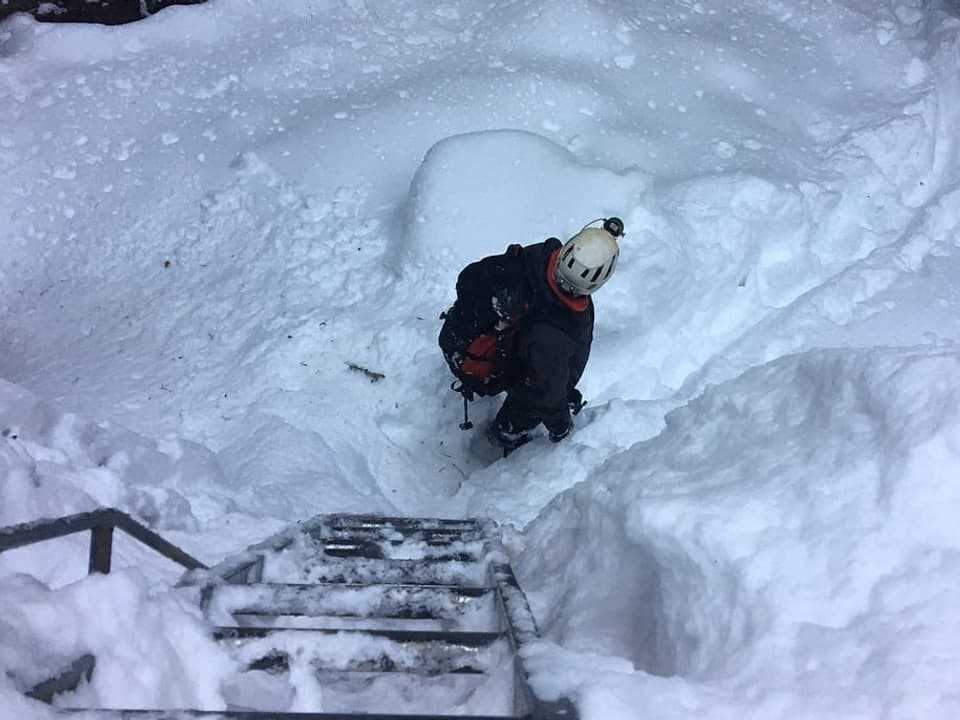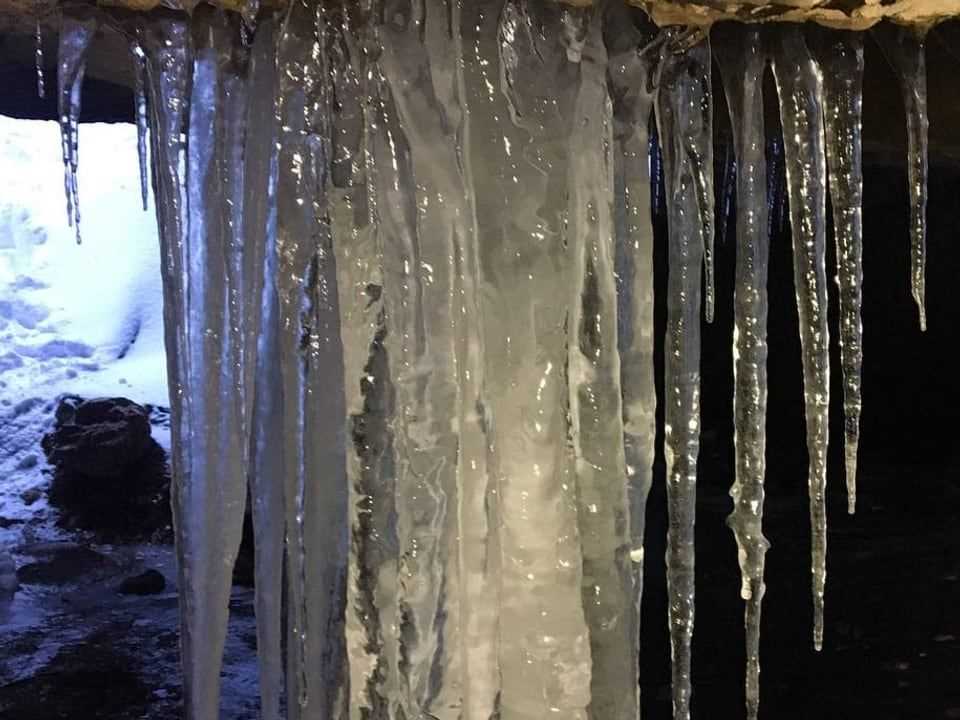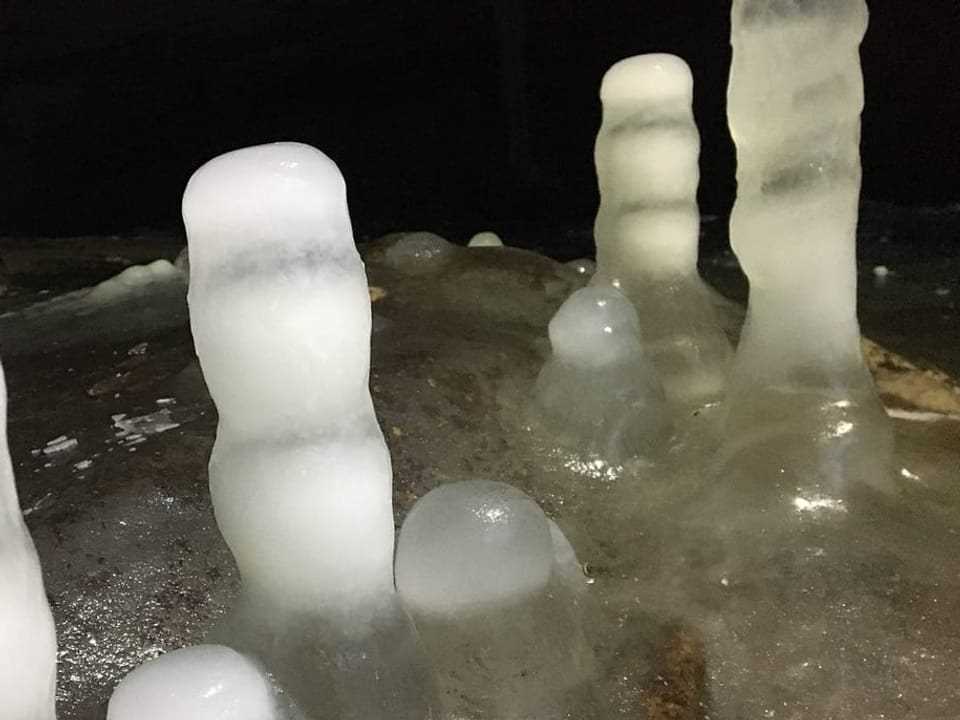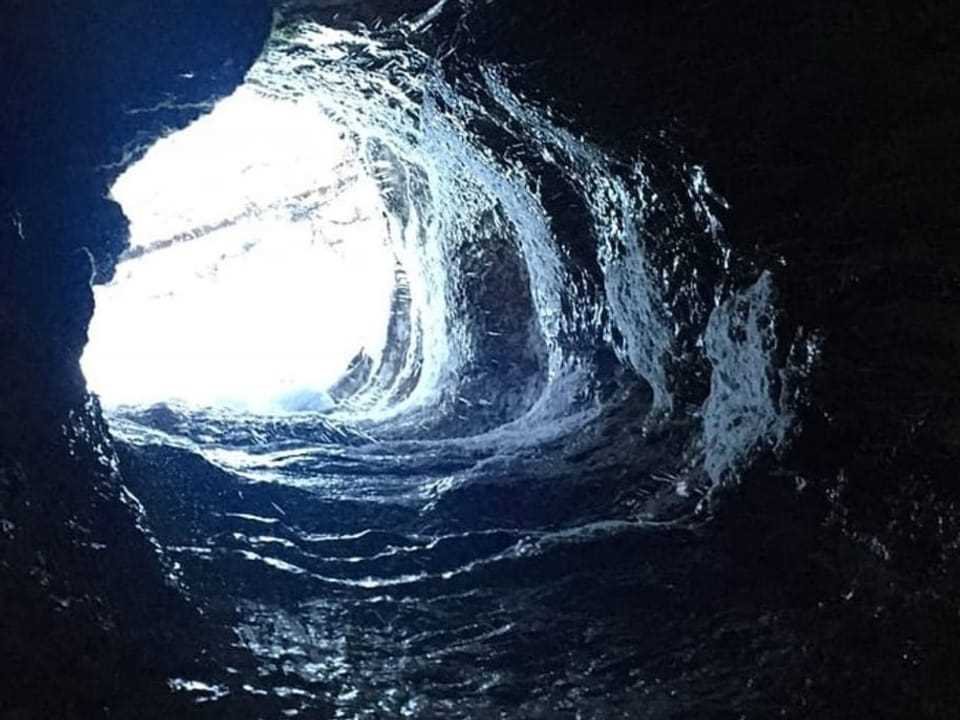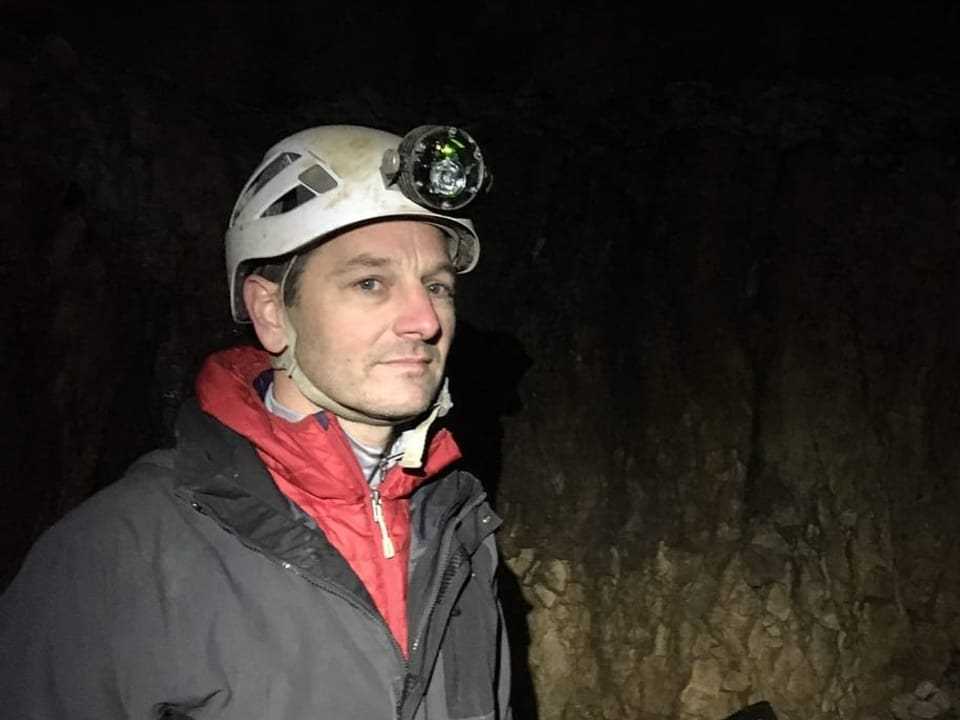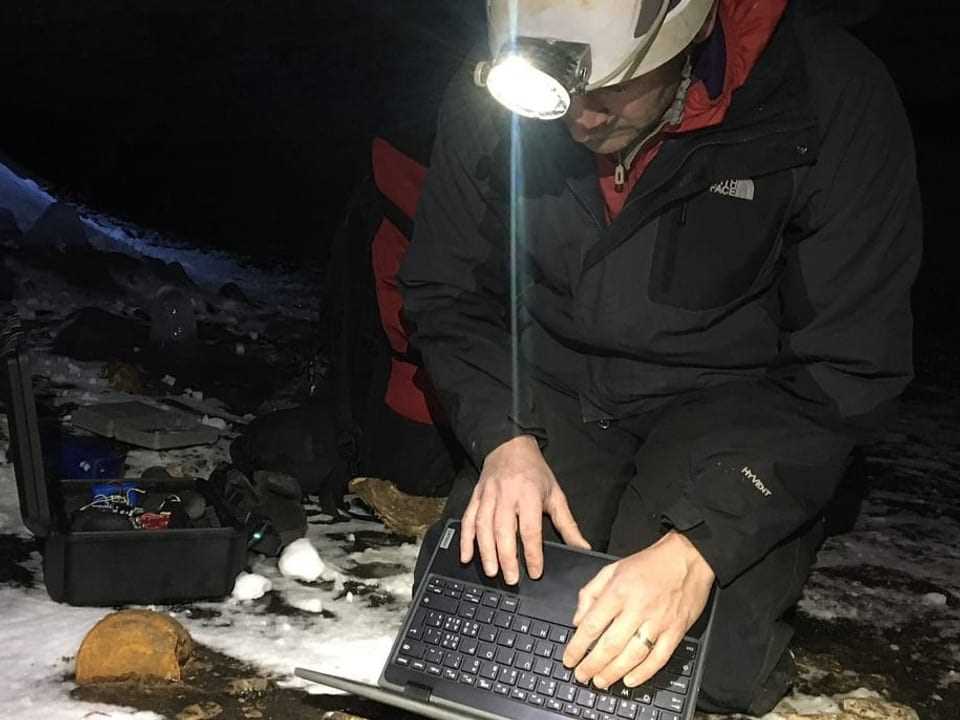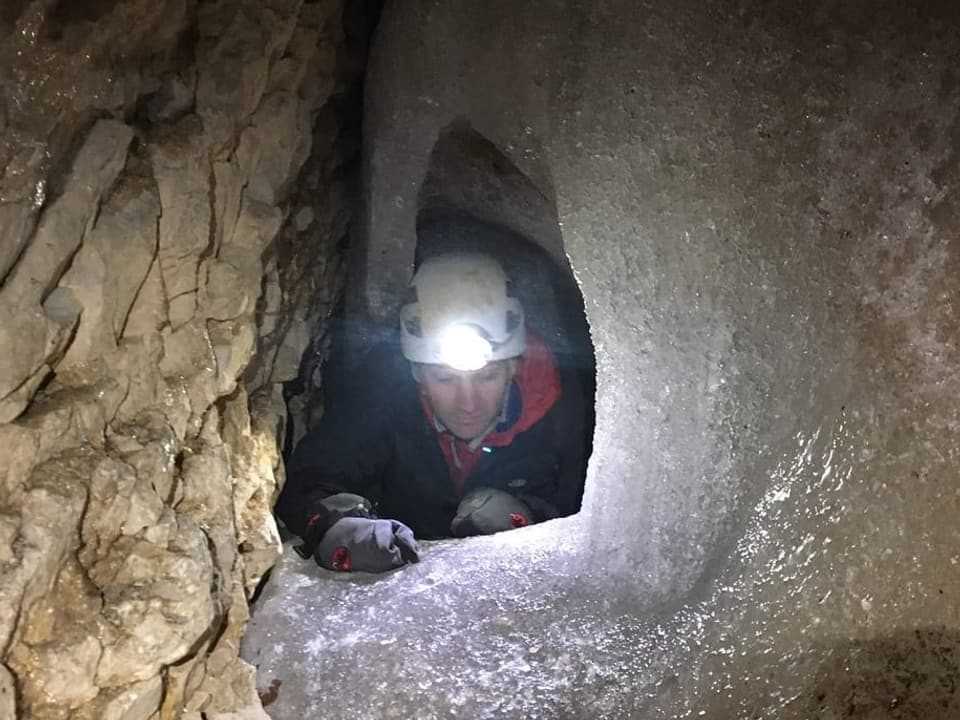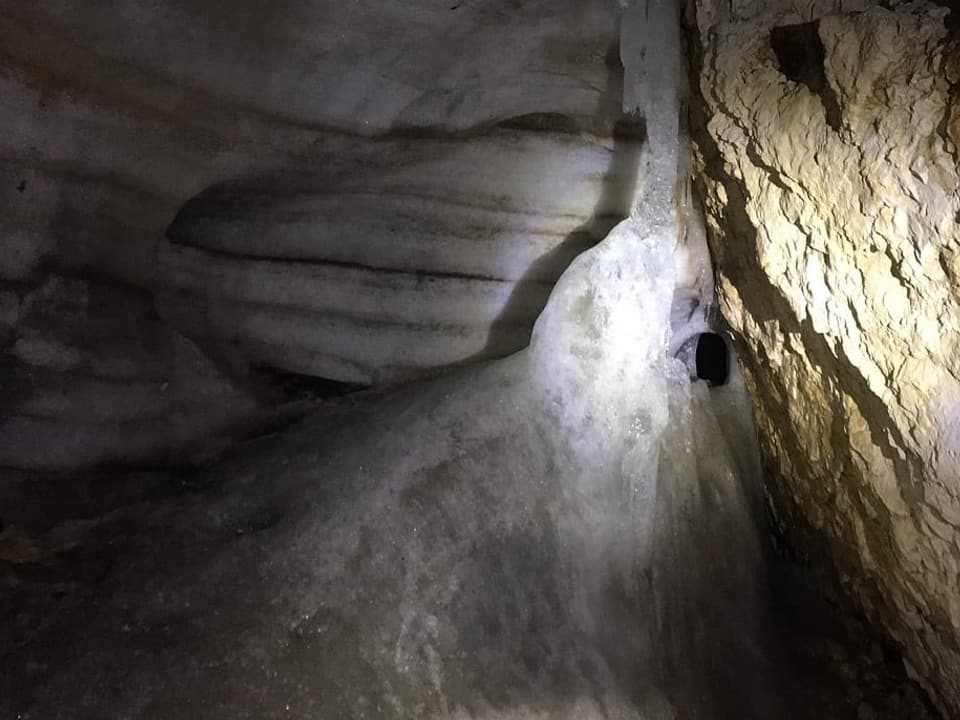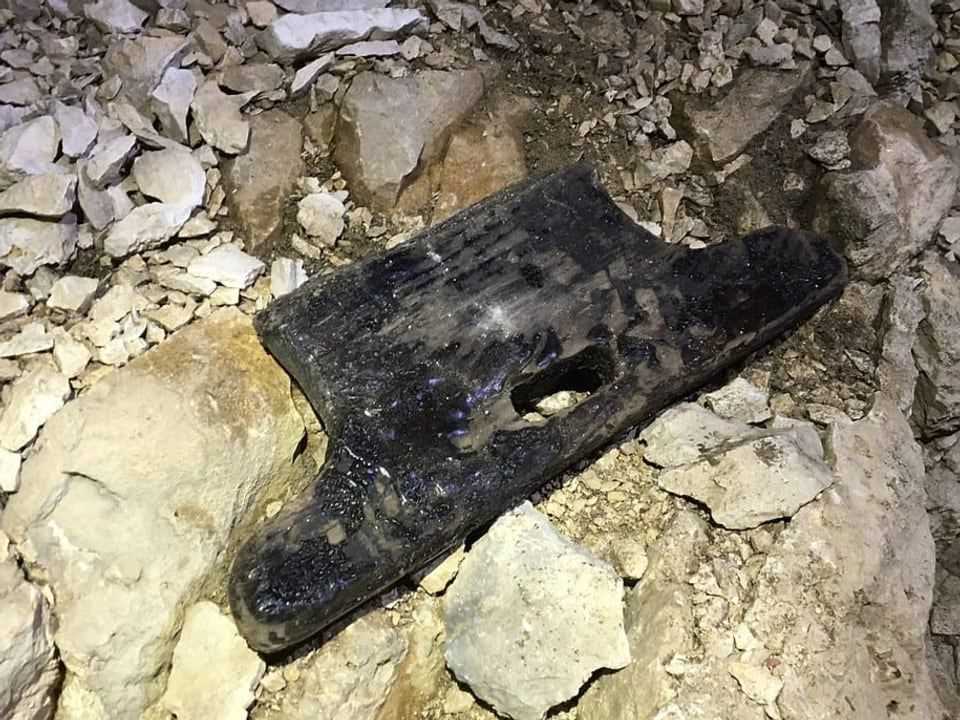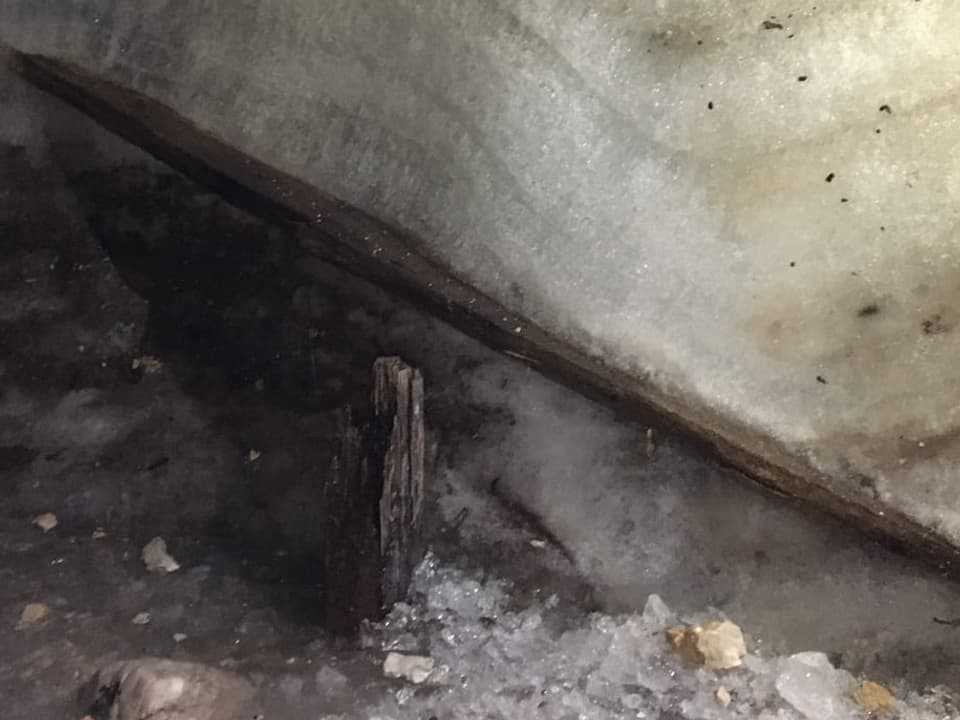contents
Because the winters are getting warmer, the ice in the ice caves is melting. Memories of times past emerge.
Now in winter the ice grows in the ice caves. These are caverns in the rock that are filled with ice all year round: small underground glaciers. There are also those at low altitudes, in the Bernese Oberland or in the Jura. However, the deeper ice caves are slowly melting.
A visit to the “Glacière de Monlési” ice cave in the Neuchâtel Jura. It is one of the largest ice caves in Switzerland.
A hole in the middle of the forest
The hole in the limestone rock lies there like an open throat. In the middle of a snow-covered forest clearing at 1,100 meters above sea level. Fresh snow covers the approach to the ice cave.
«Ice caves are relatively rare. Especially in the Jura, because we are relatively deep here and because there is no eternal snow or glacier on the surface, ”says Marc Lütscher. He is a scientist at the Swiss Institute for Caves and Karst Research in La Chaux-de-Fonds: Paleoclimatologist, he researches the climate along the history of the earth.
Lütscher accompanies us into the ice cave. Important: a climbing helmet on your head and crampons on your shoes.
After the entrance we are in a room – thirty by twenty meters. Icicles everywhere. New ice forms every winter. “The water seeps through the rock and freezes when it has reached the cave,” says Marc Lütscher.
The ice cave explorer
Lütscher points to layers of ice that lie on top of each other like annual rings. In summer the ice melts, in winter new things are created. On average, 10 to 20 centimeters of new ice is formed every year. In recent years, however, it has become less and less: “We have lost one and a half to two meters of ice,” says Lütscher.
We lost one and a half to two meters of ice.
The cave is losing ice, not because the summers are too hot. No – because in summer the cold stays trapped in the hole and the temperature is almost constant at zero degrees. The reason is the warmer winters. Because this way, less ice-cold air sinks and less water freezes, which seeps through the limestone rock. So too little new ice is forming.
“Since 2014 it has accelerated extremely rapidly. We don’t know exactly whether that depends purely on the general climatic conditions, or whether the system has changed so much that it is out of balance, ”says Marc Lütscher.
The lowest point: 32 meters below the surface of the earth
As it melts, new rooms are accessible in the ice cave. Marc Lütscher crawls through a passage in the ice. He just fits through and stands in another high chamber. 32 meters below the surface of the earth. “That is the lowest point.”
Old wooden boards protrude from an ice wall: “They are from the 19th century, when ice was mined upstairs,” explains Lütscher. Over the decades, the pieces of wood have gone down through melting and ice formation.
Witnesses from times past
We turn back. Back through the narrow hole in the ice, out of the ice cave, up the ladder, back to the snow-covered surface. Far below us, the Monlési ice cave is dying. Because sooner or later the ice will disappear, the climate scientist fears.
